The stem, slender and ornate, features an ovoid central knot, pierced with vertical mandorlas framing vegetal motifs chiseled with great care. This knot gives the piece both visual harmony and practical functionality for the officiant. The cup, of large capacity, continues the same decorative style, with raised Gothic lobes repeated symmetrically, each topped with a small circle in relief. The interior, completely smooth, retains its original gilding in perfect condition, indicating little use and maximum care.
The pierced lid is a true jewel of liturgical design. It reprises the diamond pattern of the base, interrupted by elongated lobes that add visual rhythm and architectural elegance to the whole. The finial, a stylized and gilded Greek cross, serves as both symbolic and formal closure, crowning this devotional work with dignity. Every part of the piece reveals the technical mastery of an experienced workshop committed to excellence, characteristic of the great French silversmiths of the early twentieth century.
The ciborium is signed with the maker’s mark “JP” flanked by a star inside a vertical lozenge, belonging to the silversmith PASSANI, active in Paris between 1909 and 1931. It also bears the guarantee hallmark with the Minerva head facing right, confirming its manufacture in silver of 950 thousandths. These marks are clearly visible on the base, the cup and the lid, supporting its authenticity and documentary value.
The silversmith Passani worked in Paris during one of the most prolific and demanding periods of French liturgical silverwork, the first third of the twentieth century. His activity is documented between 1909 and 1931, according to the official records of hallmarks filed with the Paris silversmiths' guild. The mark he used, “JP” flanked by a star inside a vertical lozenge, is distinctive of his workshop and appears on various pieces of sacred art preserved today in public and private collections.
Passani belongs to the neo-Gothic revival that infused French liturgical objects from the end of the nineteenth century, a direct heir of the splendour achieved by names like Poussielgue-Rusand or Froc-Robert. His works show a constant search for formal purity, symmetry, verticality and ornamental clarity, often with architectural inspiration taken directly from French Gothic.
Preserved in excellent condition, this ciborium retains all its gilding with uniform shine, without notable losses or structural damage. The interior shows a discreet mark of use, testimony to its liturgical function, but without compromising its beauty or integrity.
A unique opportunity to acquire an original liturgical work with identified authorship and certified Parisian origin. Its sober and refined neo-Gothic design makes it an ideal piece both to reintroduce into the Church and use in a parish, and to form part of a high-level devotional collection.
Do not miss this collector's piece that combines history, sacred art and masterful craftsmanship.
Measurements: 27.5 cm × 12.5 cm × 10.5 cm (10.83 × 4.92 × 4.13 in). Weight: 344 g.
We are professional antique dealers. To see more photos of this item, please click on this link:
https://www.antiguedades.es/en/religious-antiques/5306-antique-gilded-silver-ciborium-passani-france-circa-1920.html





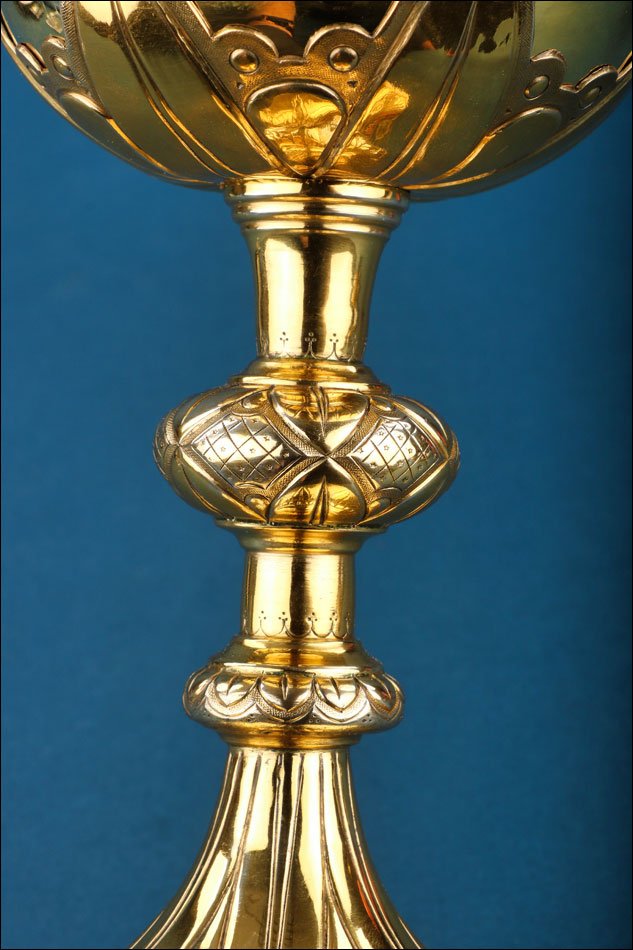
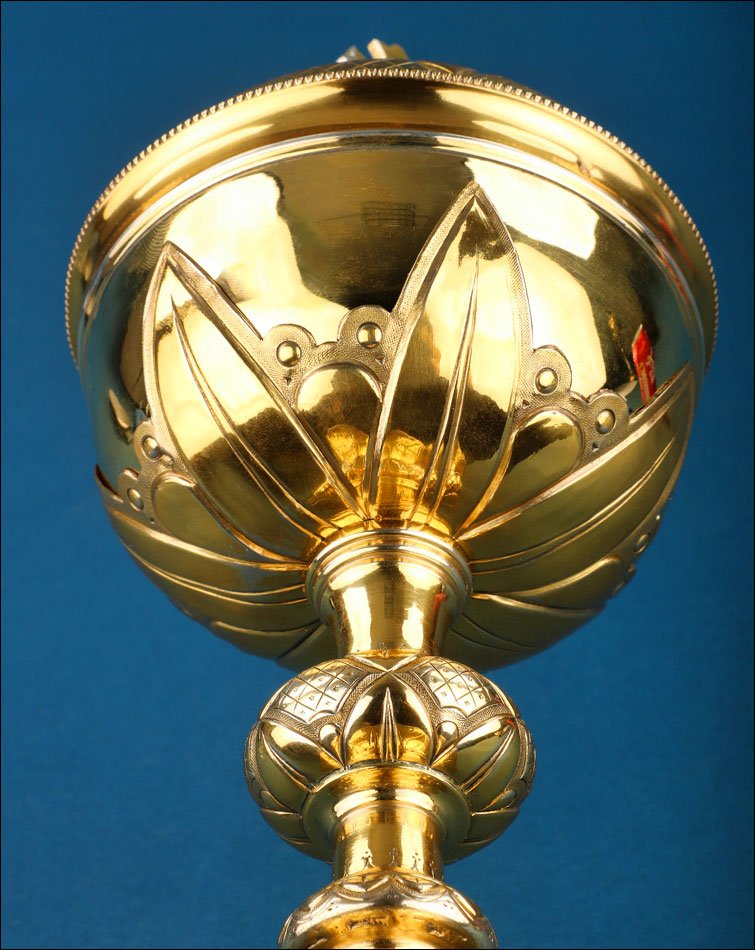







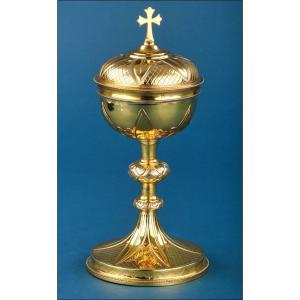






















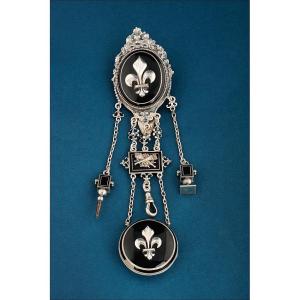




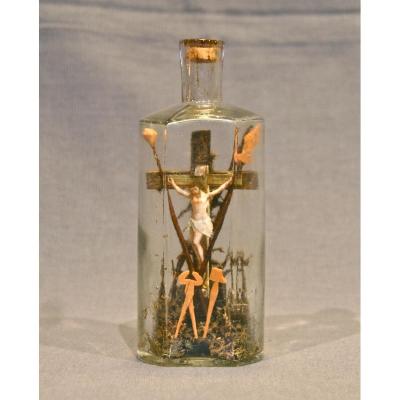







 Le Magazine de PROANTIC
Le Magazine de PROANTIC TRÉSORS Magazine
TRÉSORS Magazine Rivista Artiquariato
Rivista Artiquariato